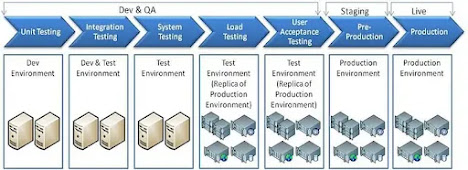
Client: A client is a device or software application that makes requests to access services, data, or resources from another device or server. In this model, the client is typically the end-user-facing part of the system, and it interacts with the server to receive the desired information or functionality. Clients can be personal computers, smartphones, tablets, or any other device capable of connecting to a network. Key characteristics of a client include: Initiates communication: The client initiates the communication by sending requests for data or services to the server. User interface: The client often has a graphical user interface (GUI) or a user-friendly interface that allows users to interact with the application or access the services. Processing and presentation: The client is responsible for processing some data and presenting the results to the user. Examples of clients include web browsers, email applications, file transfer clients, and various mobile apps that communicat...
